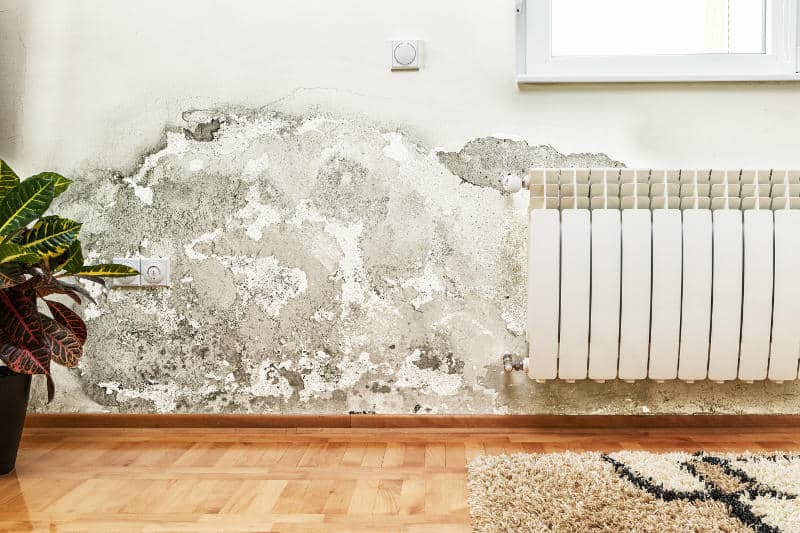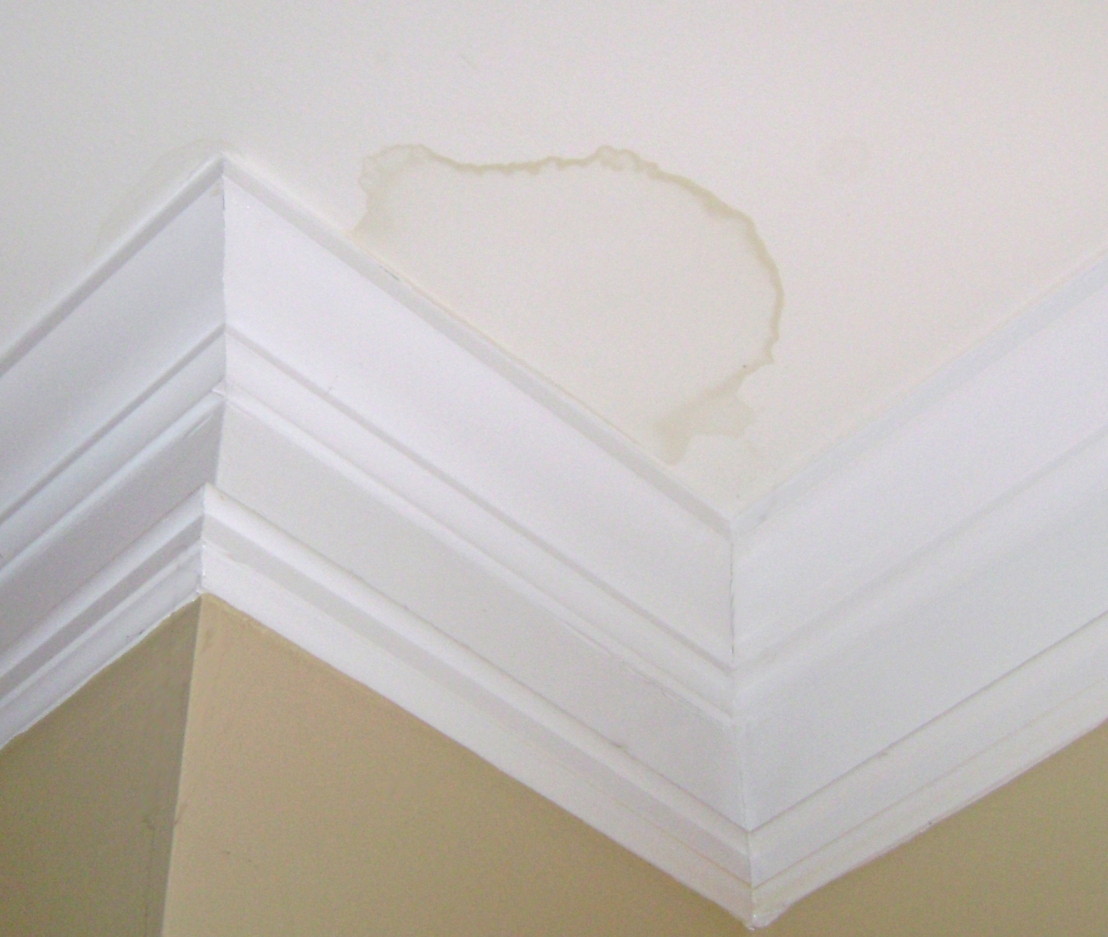Water Stain on Walls - Inspection and Repair Recommendations
Water Stain on Walls - Inspection and Repair Recommendations
Blog Article
Are you on the lookout for ideas on How to Remove Water Stains from Walls and Ceilings?

Water stains on wall surfaces are not pleasant to the eyes. Often it appears nearly unpreventable to experience water spots on wall surfaces in houses.
Home owners residing in moist regions regularly manage the concern of water stains on walls. However that doesn't have to be the case for you. With precise and all-round information on the sources of water spots as well as punctual repair procedures, you will always be an action ahead of such events. So, this post promises to be a valuable guide for you.
3 Usual Reasons For Water Discolorations on Walls
As opposed to popular belief, water spots on walls do not always come from poor structure materials. There are several reasons for water discolorations on walls. These consist of:
Poor Drain
When making a building strategy, it is vital to guarantee ample drain. This will certainly prevent water from leaking into the walls. Where the drainage system is blocked or missing, below ground moisture develops. This links to extreme moisture that you see on the wall surfaces of your structure.
So, the leading source of damp wall surfaces, in this situation, can be a poor water drainage system. It can additionally be because of inadequate administration of sewer pipes that go through the structure.
Damp
When warm wet air consults with completely dry cold air, it triggers water beads to base on the walls of buildings. When there is vapor from cooking or showers, this takes place in restrooms as well as cooking areas. The water droplets can discolor the bordering walls in these parts of your home and spread to various other areas.
Moist or condensation influences the roofing system and also wall surfaces of structures. This causes them to appear darker than other areas of the house. When the wall is wet, it produces an appropriate atmosphere for the development of fungi and microbes. These may have adverse impacts on health and wellness, such as allergic reactions and respiratory system problems.
Pipe Leaks
A lot of houses have a network of water pipelines within the walls. It always increases the viability of such pipelines, as there is little oxygen within the walls.
A downside to this is that water leakage affects the walls of the building and causes widespread damages. An indication of malfunctioning pipelines is the look of a water discolor on the wall surface.
Water Discolorations on Wall: Repair Work Tips
When dealing with water spots, homeowners would typically want a quick repair. Yet, they would certainly soon understand this is counterproductive as the water discolorations persist. So, right here are a few helpful ideas that will guide you in the repair work of water discolorations on wall surfaces:
Pro Suggestion
A houseplant in your home also increases its moisture. If the home is already moist, you may want to present houseplants with very little transpiration. An example of ideal houseplants is succulents.
Final thought
No one wants to have water spots on walls in their house, it can take place to the finest of us. This write-up provides you utilize, as you now recognize how to handle this problem if it does occur.
It is always best to hire professional services to assist deal with the damages in your home.
Occasionally it appears almost inescapable to experience water discolorations on walls in homes.
Contrary to prominent belief, water discolorations on wall surfaces do not constantly stem from inadequate building materials. There are numerous causes of water discolorations on wall surfaces. The water beads can discolor the surrounding walls in these components of your house as well as spread to other areas.
Here are a couple of handy suggestions that will assist you in the repair service of water spots on walls:
CHECKING FOR WATER DAMAGE
Water damage can be costly, and it may begin before you even notice the first signs of trouble. Water damage can cause mold and mildew in your walls and floors, which can create an abundance of health concerns for your family. It can also lead to costly repairs of various appliances and general home fixtures. To avoid the pricey consequences of water damage, here are Warner Service’s top 5 places you should check:
The walls – The easiest place to spot the beginnings of water damage is on the walls and ceilings of your home. If water damage is present, there will most likely be water stains, especially around the windows and doorframes, and/or cracks in the drywall. If a stain looks unusual (discolored to brown, black or gray, raised texture), has a swollen appearance or is soft to the touch, contact a professional immediately. The pipes – To avoid water damage, consistently check the pipes in your kitchen (especially the dishwasher and ice maker), bathrooms, laundry room (specifically washing machines) and basement for corrosion, leaks and water stains. Pay special attention to where the pipes connect in your home and the location of caulking around the bathroom fixtures, including toilets, sinks, showers and tubs. Missing or loose caulking and grout could be signs of leaking water. This seepage can also quickly cause mold and rust, so double check your water heater and tank for wet spots on the floor. The floor – Water damage is very easy to spot on the floor. Look for any warping or buckling of the material, especially in the basement. If your home has wood flooring, look for bright white or dark stains. If your home has carpeting, keep it dry and clean. A damp carpet that smells of mold could cause water damage and health problems. To avoid this, consider installing floor pans under your appliances to help prevent damages from small, slow and undetected leaks. The basement and attic – If your basement or attic smells odd check for mold and mildew around the area, especially the valley where the roof meets. While you are inspecting those areas, check for wall cracks, floor stains, rust and dampness in the insulation. If you live in a colder and/or rainier climate, perform routine checks for water damage from melting snow or ice and rain. The exterior – Check the roof for damaged flashing and missing, cracked or curled shingles. There should also be no standing water anywhere outside your home. This could be caused by puddles, leaky rain gutters or hoses, poor drainage, or short gutter spouts. Invest in a sump pump system or water flow monitoring system, and perform routine maintenance on these outdoor appliances to avoid indoor water damage.

We had been made aware of that editorial about from a friend on another web property. Are you aware of another individual who is excited by the subject? Please feel free to promote it. Thank-you for going through it.
About Report this page